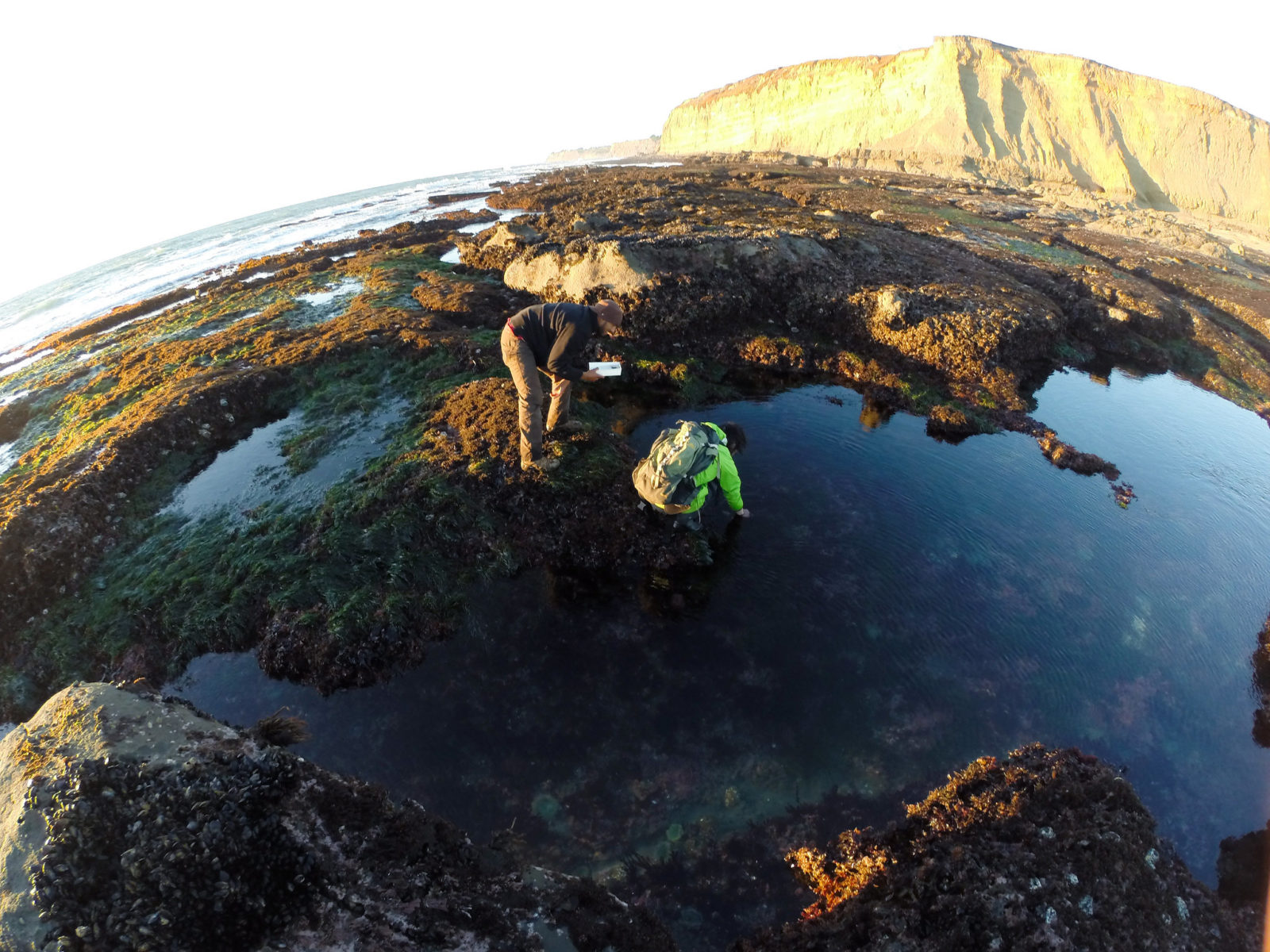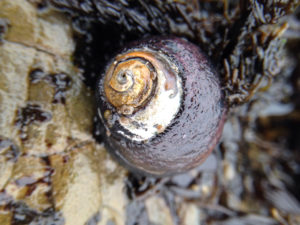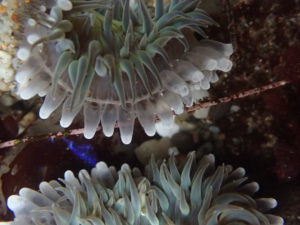Which species am I most likely to see in a Northern California tidepool, and how can I try to identify them?
There is something fascinating about tidepools. They are places of liminality, an in-between world that is neither fully land nor sea. This twilight state lends tidepools an aura of magic, which is only enhanced when you realize that the swelling and receding of the tide moves in synchronization with the moon. This eternal ebb and flow sometimes allows us access to these rocky outcroppings, and sometimes precludes it, giving our visits a zoetrope effect; a whirl of motion that we only get to glimpse through tiny windows. For so many reasons, it is difficult to resist the pull of the pool’s allure. If you find yourself under its sway, you’ll likely want a guide to this intriguing microcosm!
To get your bearings on this journey, it helps to know that what you’re likely to see has a lot to do with how low the tide is. For reasons that have enthralled scientists for over a century, life in tidepools is arranged according to depth. Based on how often certain depths are exposed and what species live there, tidepools are divided into three zones: The upper (or high) intertidal zone, the mid-intertidal zone, and the low intertidal zone. These collectively comprise the intertidal zones: the areas that are intermittently exposed and submerged with the comings and goings of the tides. Two more zones, the splash zone and the subtidal zone, lie at either end of the intertidal zones. The splash zone is the area above the highest high tide, where the habitat is shaped by sea spray and the occasional storm wave. The subtidal zone is the area below the lowest low tide, extending down to the holdfasts (root like structures that anchor seaweeds in place) of the giant kelp (Macrocystis pyrifera) that make up our offshore forests. Sometimes you can see denizens of this last zone washed up on the beach. Perhaps you’ve posed, à la Indiana Jones, with a whip-like strand of bull kelp (Nereocystis luetkeana), enduring slimy palms for the sake of the snap?
There are certain species closely associated with each of these zones. Called “index species,” seeing these organisms can be a handy signpost as to which of the zones you’re travelling in during your explorations. Periwinkle snails (genus Littorina) are a clue that you’re in the splash zone.
Walk further toward the sea (keeping an eye on the surf, of course!) and rough limpets (Lottia scabra), little elliptical sunburst shapes clinging to the rocks, might start to signal your transition to the high intertidal zone.
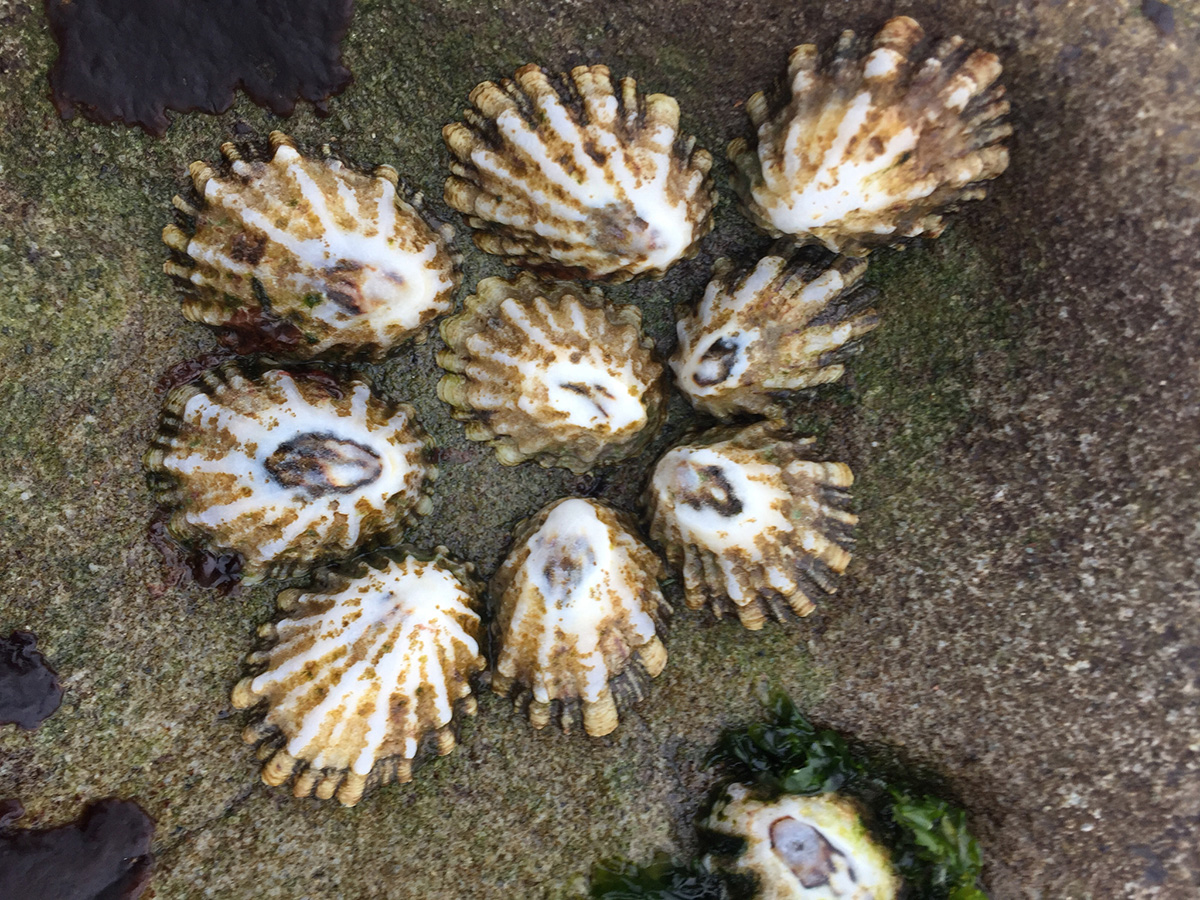
Anemones, such as the aptly named giant green anemone (Anthopleura xanthogrammica), confirm that you’ve arrived in the mid-intertidal zone. If you’ve chosen to time your wanderings with a substantial low tide, your approach to the low intertidal zone will likely be studded with Pacific purple sea urchin (Strongylocentrotus purpuratus), whose many moving spines might appear to be beckoning you in semaphore. If they succeed in flagging you down, watch closely to see if you can spot their suction cup-like tube feet between the spines.
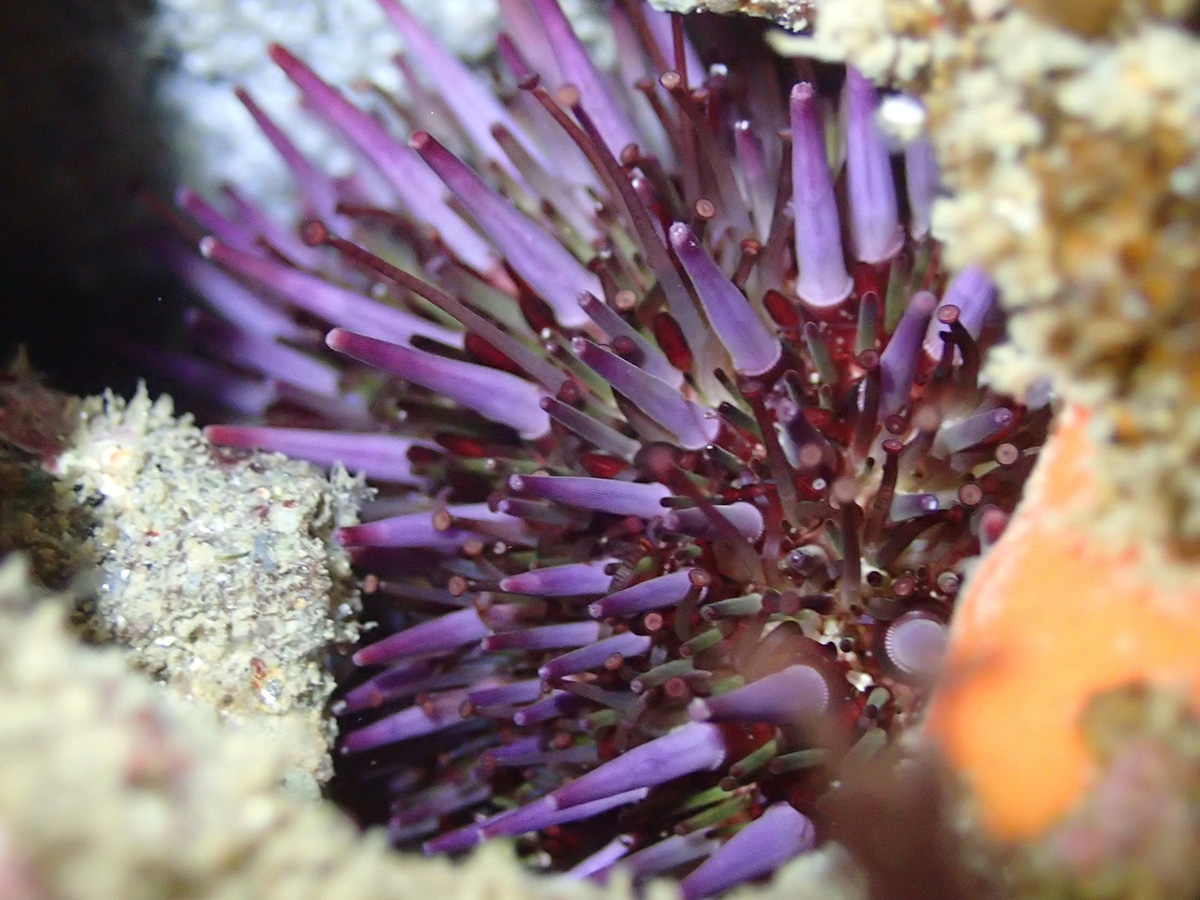
Once in this lowest of intertidal zones, you might be lucky enough to get a peek at the various nudibranchs (aka sea slugs), bedazzling the pools with their opalescent, iridescent, and outrageous color schemes. A very useful guide to the specific species you’re likely to encounter in each zone — complete with pictures and even hints on where in each zone to find them — is available here, courtesy of the Hopkins Marine Station.
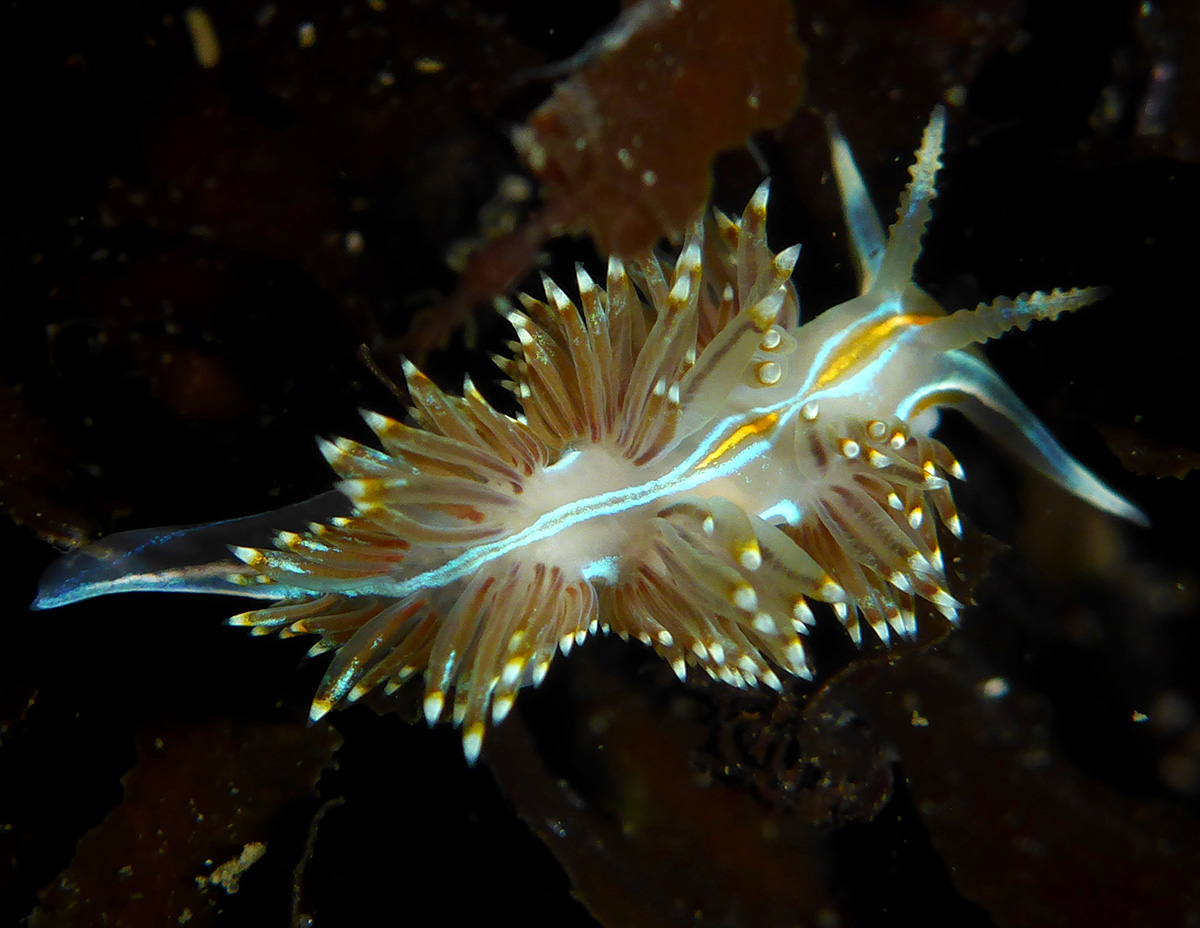
Feeling ready to get your feet wet? First, find a tidepool you’d like to visit. Once you know where you’ll be going, you can check the tide times at the NOAA Tides and Currents website. While you’ll be able to see upper intertidal critters even at moderate tides as high as +5 feet, you’ll want to catch a lower tide, between +3 feet and +0.5 feet, to glimpse the dwellers of the mid-intertidal. For spotting those nudibranchs and neighbors in the low intertidal, you will want to time your visit to coincide with a particularly low tide, going into the “minus” or “negative” tides. For example, there is a low tide of -0.58 predicted for Pillar Point at 6 a.m. on Saturday, August 31. Tides can get even lower than that around the full and new moons, so keep checking for the window that works for you. It’s best to get there an hour or two before low tide, so you can follow the tide out and maximize your exploration time. As you walk out, always make sure you have a safe path back — channels and pools will start filling up as the tide comes in.

For identifying species, iNaturalist is a great resource both on the web and in the field. You can type in the location you plan to visit and see which species have been sighted there, with photographs taken at that very location, creating a site-specific field guide. Here is an example, using the Fitzgerald Marine Reserve as the location. In the field, you can take photographs with the iNaturalist app and get automatic identification suggestions. Submitting your photos to the iNaturalist user community for identification is another feature, and it puts you in touch with a knowledgeable group of tidepool adventurers, including renowned scientists, who will share your joy of exploration.
If you’d like to carry a book along, The Beachcomber’s Guide to Seashore Life of California by J. Duane Sept is frequently recommended for being both comprehensive enough to be highly useful, and compact enough to schlep around painlessly. Pacific Intertidal Life: A Guide to Organisms of Rocky Reefs and Tide Pools of the Pacific Coast by Ron Russo and Pam Olhausen comes equally recommended if you’re looking for a more pared down pocketable guide.
Finally, as with any good guide for a visitor hoping to meet the inhabitants of a foreign place, a few words on etiquette are in order. Here are some guidelines to help make you a gracious guest:
- Pick bare spots to step on — for your safety and theirs! Slippery algae and sharp mussels can get you off on the wrong foot, and tidepool life is not adapted to being stepped on.
- Take most of your time to simply watch. Watching allows you to observe natural behavior. When you pick an animal up, you miss out on learning how it lives its daily life.
- Always follow local rules when it comes to touching or picking up tidepool life. If you’re visiting a place that allows you to touch, such as Pillar Point, do it gently: only use wet fingers so as not to harm delicate tissues, and keep the animal underwater or at the water’s surface to prevent harmful falls. The experience of watching and waiting until a hermit crab tickles its way across an open palm can have a huge impact in a child’s (or adult’s!) life, but need not cost the life of the crab.
- Not every animal you see is suitable to pick up. This is summed up by the expression “you pry, they die.” Animals clinging to rocks, such as sea stars and abalone, can be severely hurt and killed by forceful removal from rocks.
- Return any rocks you flipped over or any animals picked up to the same spot — in the same position. Doing so protects animals from harmful factors such as predators, excess sun, or stranding.
Happy travels to the tidepoolers!
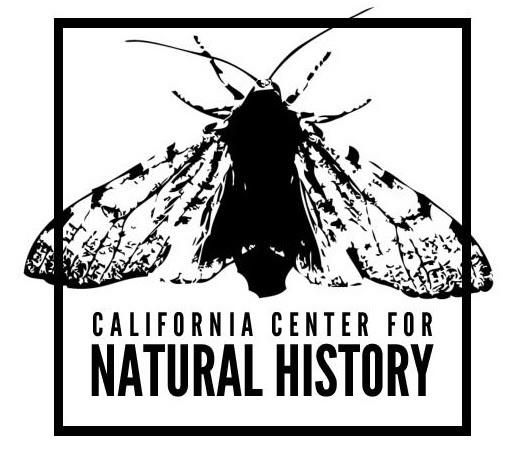
Ask the Naturalist is a reader-funded bimonthly column with the California Center for Natural History that answers your questions about the natural world of the San Francisco Bay Area. Have a question for the naturalist? Fill out our question form or email us at atn at baynature.org!

